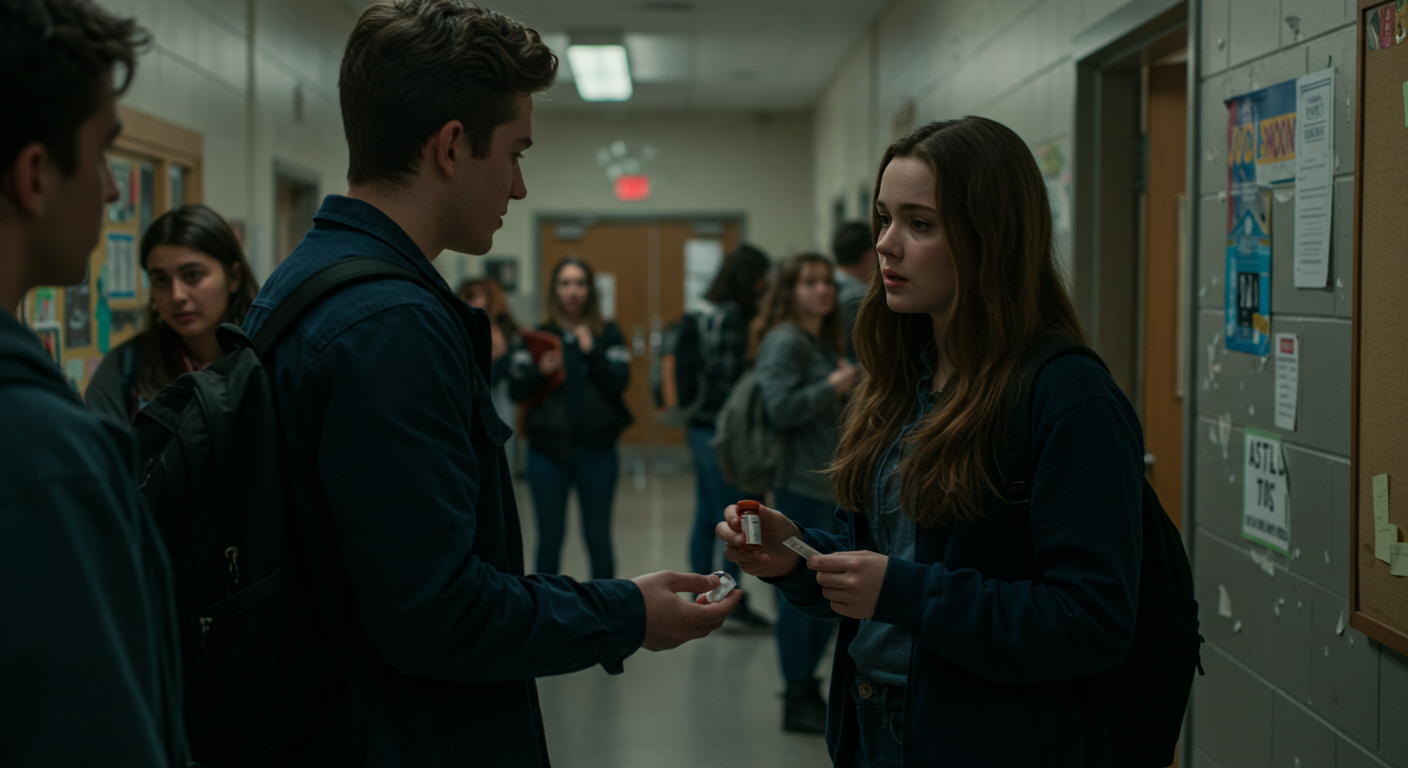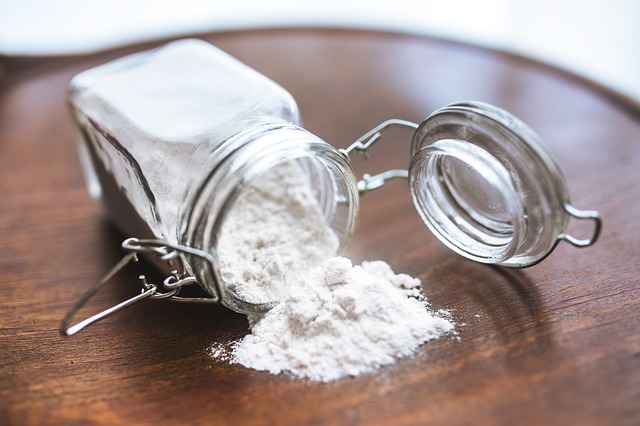
Drugs and Teen Heroin Addiction
Let’s face it — by the time many teens finish high school, they’ve likely experimented with alcohol or cigarettes. But now, there’s a far more dangerous trend emerging: heroin use among teens is on the rise and infiltrating schools at an alarming rate.
Heroin is an opioid drug derived from the opium poppy plant. It’s extremely addictive and highly dangerous. While most people still associate heroin with back-alley users and visible needle marks, today’s teenage users often look nothing like that stereotype.
The Face of Addiction Is Changing
You wouldn’t expect your bright, honor-roll 15-year-old to be using heroin. But appearances can be deceiving. According to surveys, nearly 10% of U.S. teens have experimented with illegal substances, and heroin is among them.
What’s more disturbing is that 0.9% of 8th graders reported trying heroin — a shocking number for such a young age group.
“They’re not injecting it… they’re snorting or smoking it, and that creates the false belief that it’s safer,” warns one public health report.
From Prescription Pills to Heroin
For many teens, heroin addiction doesn’t begin with heroin. It often starts in a trusted place: their home medicine cabinet. Prescription painkillers like OxyContin and Vicodin — sometimes obtained legally through a doctor — are often the gateway. Once addiction sets in and pills become hard to access, some turn to heroin as a cheaper, stronger alternative.
“There is a major epidemic going on with teenagers across the country. It’s starting with something they think is safe, and it ends with heroin.”
Why Teens Turn to Heroin
-
Peer pressure — Teens may feel they need to “try something” to fit in.
-
Mental health issues — Depression, anxiety, or trauma can lead them to self-medicate.
-
Curiosity or boredom — Some try it just once, only to become quickly addicted.
-
Easy access — Drugs are no longer limited to dark alleys; they’re available in schools, online, and in friend groups.
Suburban teens, inner-city teens, rich or poor — addiction knows no boundaries.
Parents: Take Action Early
If you suspect your teen may be using drugs or struggling with addiction, don’t wait. Early signs can include:
-
Drastic mood swings
-
Loss of interest in hobbies
-
Secretive behavior
-
Missing money or valuables
-
Falling school performance
Seek help immediately — speak with a school counselor, addiction specialist, or healthcare provider. You’re not alone, and neither is your child.
Conclusion: The Crisis Is Real
The heroin epidemic is not limited to adults or visible addicts. It’s invading schools, disguised behind smiles and backpacks. Awareness, communication, and early intervention are key to preventing a tragedy.
Talk. Watch. Listen. Act.
Our teens’ futures depend on it.


It is a scary thing to know that children have such easy access to illegal and addictive drugs that can destroy their lives. We must not think our children would never or could never do drugs. Instead we must be ever vigilant.
Janeane, “Vigilant” indeed. Thanks for your support.
I had no idea heroin use was so widespread among teenagers. My children are still very young, but thank you for including the warning signs so that I can be aware when they are older.
Tiffani, A growing problem parent…Heroin! Thanks for support.
Very insightful. Baltimore is my hometown it’s alarming that there is such an increase among teens. I work with students so this truly helpful. I wonder what other initiatives are in place to help students avoid these drug pitfalls. There is so much glorification of substance abuse in the media. Thank you for this post.
Cassie, Heroin is a growing problem for teen all over. Thanks for your support.
Great information. Sad we have to look for these signs in children.
So true.
Very informative post Patrice and thanks for sharing this with us. Knowing is half the battle so I appreciate you writing and sharing posts like this with us.
Drugs are definately a huge problem in our country that needs to be addressed.
M:k&M, Yes, you are correct drugs is a major problem here in the U.S.A. that we need to addressed.
My goodness. I had no idea the use of heroine was so rampant among teens. I don’t have any kids yet but know what to look for is an important step.
Glad you like. Thanks for your support.
I keep hearing about the heroin issues in the state of Maryland and I’m shocked. Perhaps shocked because I am a Maryland resident and I don’t know anyone on heroin. I don’t see what I think heroin looks like, although I had no idea what it “looks” like. I’m shocked that in 2015 heroin is a real issue.
I’m worried about my now 10 year old possibly having to deal with classmates that are doing heroin. That might invite, suggest or encourage him to give it a try.
Mimi, Just keep talking to your kids. ..That is all you can do. Thanks for your support